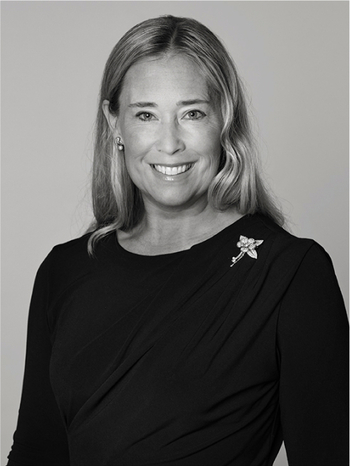Glasmålning. Qingdynastin, 1700-tal.
Målad med elegant kinesisk kvinna med gosse i landskap. Mått med ram 43,5x33,5 cm.
Kantnagg.
Proveniens
Övedskloster Castle, Skåne, Sweden.
Övrig information
Although glass vessels had long been made in China, the production of flat glass was not accomplished until the nineteenth century. Even in the Imperial glass workshops, set up in Beijing in 1696 under the supervision of the Jesuit Kilian Stumpf, window glass or mirrored glass was not successfully produced. As a result, from the middle of the eighteenth century onwards, when reverse glass painting was already popular in Europe, sheets of both clear and mirrored glass were sent to Canton from Europe. Chinese artists, who were already expert in painting and calligraphy, took up the practice of painting in oil on glass, tracing the outlines of their designs on the back of the plate and, using a special steel implement, scraping away the mirror backing to reveal glass that could then be painted. Glass paintings were made almost entirely for export, fueled by the mania in Europe for all things Chinese. They are often found in the great country house interiors of the second half of the century, amazing survivals of a luxury trade.










































